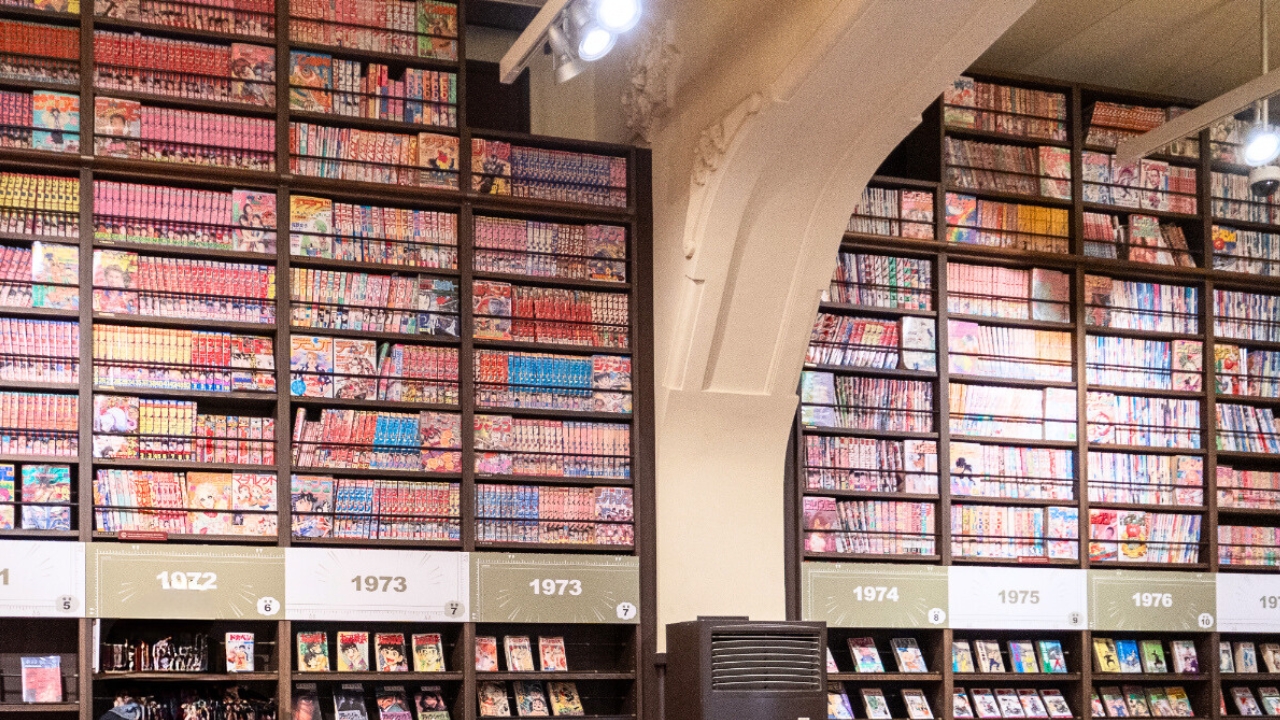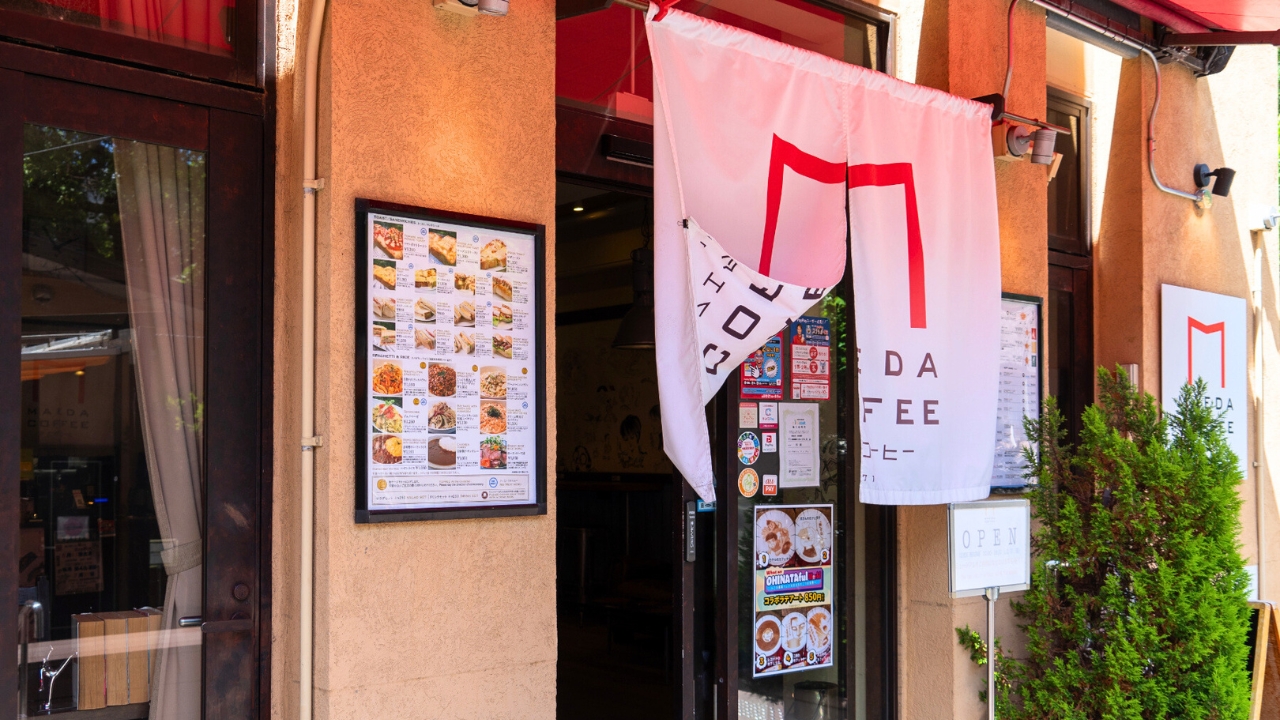Blog
[Kyoto] Discover Japanese Manga Culture at the Kyoto International Manga Museum

Content
What is the Manga Museum in Kyoto? A Manga Wall Where You Can Read 50,000 Manga?!

Sure, Kyoto is full of temples, shrines, and other historic buildings. But when you dig deep into Kyoto’s cultural contributions, you’ll find there is a whole lot more! The Kyoto International Manga Mu-seum is one of the places you don’t want to miss.
The museum collection holds over 300,000 manga-related items, from the actual books themselves to woodblock prints. Approximately 50,000 manga are on display in an impressive collection of bookshelves throughout the museum, called the Wall of Manga.

The Manga Hall of Fame part of the collection features popular manga from 1912 through 2005. Because the building itself is actually a refurbished elementary school, the structure imbues a sense of nostalgia, with its antique stairwells and stonework. Grab a seat anywhere in the building or on the sprawling former schoolyard and read to your heart’s content.

Coffee, Art, and Performances—There’s So Much More to the Manga Museum Than Reading!
Admission to the Kyoto International Manga Museum is ¥1200 for adults, ¥400 for high school and junior high school students (13-18 years), and ¥200 for elementary school students (6-12 years). And there is more to do than just read manga here.
The What Is Manga? permanent exhibit provides an in-depth look at the history of manga and its social significance. There is also an entire room of white plaster hands grasping pens—casts of famous manga artists who have visited the museum.

Seeing the actual shape and size of the artists’ hands allows you to imagine the human element behind famous storylines. Additionally, light-hearted kamishibai performances (traditional storytelling using illustrations), which are held twice daily, will pull you into this manga-adjacent art form and are easily accessible regardless of your Japanese level.

Plus, there is a museum shop and a cafe on-site, which will make your visit even more worthwhile. The shop features a number of manga-themed products from t-shirts to stationary. Some original products are only sold here, like the museum’s mascot character Mamyu cookies. Maeda Coffee is the cafe located near the manga museum entrance, which serves light meals and sweets that go well with coffee.

During special exhibitions, you can find themed dishes on the menu and enjoy the cafe interior, which is completely decorated by hand-drawn signatures and art from manga artists who have vis-ited the museum.
Check out the Special Manga Exhibit!
In addition to the Kyoto Manga Museum’s permanent exhibits, they also run limited exhibits. The Ryoko Kui Exhibition & “Delicious in Dungeon” Exhibition will be on display in summer 2024, featuring original illustrations and manuscripts from the artist’s hit anime Delicious in Dungeon and other works.
Special exhibits change regularly, so be sure to check the museum schedule to find out what will be here during your trip to Kyoto. The museum also offers special workshops and portrait sessions, so please check their website to find out more!
Kyoto International Manga Museum
Address: Kinbukicho 452, Nakagyo-ku, Kyoto
Hours: 10am-5pm (last admission at 4:30pm)
Closed: Wednesdays
*Please check the calendar for up-to-date closure information.
Website: https://kyotomm.jp/en/
Writer
Maisie McPherson
Originally from the United States, Maisie has called the Kansai region of Japan home for nearly two decades. She enjoys seeking out the charms of life in Japan and sharing that information with visitors from overseas. She also loves marveling at retro architecture and design from the Showa period, exploring Japanese gardens, and is always up for a night out in a lively izakaya.
